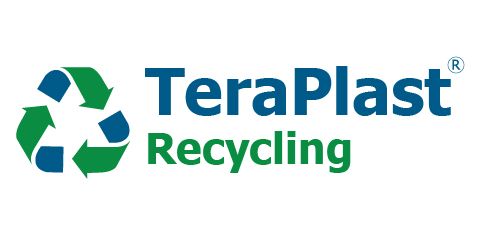Technology
TeraPlast Recycling – recycler and collector of rigid PVC waste
Top 10 processors
TeraPlast Recycling’s processing capacity places it in the TOP 10 largest European rigid PVC recyclers, with a market share of 2.85% at European level.
Waste sources
The state-of-the art technology enables TeraPlast Recycling to process post-consumer and post-industrial waste. Thanks to the line’s versatility, TeraPlast Recycling can use numerous types of products as waste sources: pipes, joinery profiles, fittings, and more.
Processing capacity
The recycling line has an installed capacity of 12.000 tonnes and can process about 1000 kg of rigid pvc per month.
Investment
Until now, TeraPlast SA has invested 4 million euros in the rigid PVC recycling line. The recycling technology used is in accordance with modern trends, as it is acquired from famous producers in Germany or Italy, such as Hamos, Herbold, Gauss Magnetti, Apro, Geco, Pallman, Theysohn.
Sustainability
TeraPlast Recycling’s recycling line is modern, completely functional and able to recycle rigid PVC waste. TeraPlast Recycling aims to increase collection and recycling of rigid PVC in Romania.
Impact on the environment
TeraPlast Recycling’s repsonsible approach is reflected through the measures it constantly takes to minimize the impact its products have on the environment.
PVC Waste recycling technology flow
TeraPlast Recycling acquires ray PVC waste. These are grouped in two categories:
- Post-processing waste – from producers of PVC products. These are clean unpurified materials, which can be introduced in the pulverization process.
- Post-consumer waste – these have already been used and have reached the end of their life.
- This process starts with the manual sorting of the PVC waste in an installation with 8 sorting stations, where unwanted contaminants are taken away. (wood, iron, PE, etc.)
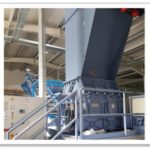
- Following the manual sorting process, the waste is transported with a frontal loader to a transport line, which feeds a mill. Inside the mill, the waste is reduced to chunks of 10-20 cm.
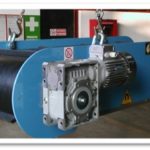
- The next step calls for the removal of ferrous and non-ferrous metals. This process is done with a powerful magnet and an Eddy Current separator.
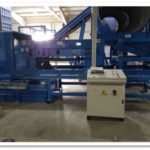
- A new mill, with razors, reduces the material to almost 8 mm. This process takes place in a wet environment, with the material being pre-washed.
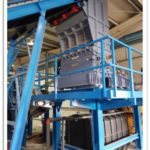
- A friction washer washes the material for the next step. All the dirty water will remain at the base of the equipment, while the washed material will go upwards, with the help of a spiral, to reach the flotation separation tanks. All floating contaminants are eliminated here.
- Next, the material goes through a mechanic dryer. Afterwards it is transported through a thermic dryer, which leaves a humidity of only 1-2%.
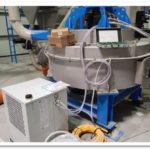
- After drying, the PVC will go through another ferrous and non-ferrous metal sorting process, and afterwards it will be placed in bags.
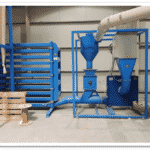
- This step is used to separate PVC from rubber or plastic PVC. It is done with the help of equipment which utilizes the dielectric permittivity between two plastics.
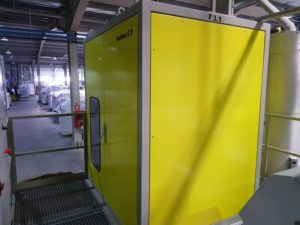
- The material is inserted into a small silo equipped with a level sensor. A vibration transporter then places it in an electrostatically charged unit, where plastic A is positively charged, and plastic B is negatively charged, forming the main element of the equipment. The material is then separated in an electrostatic field according to the polarity of its particles.
- Optical separation is required in order to sort the material according to color.
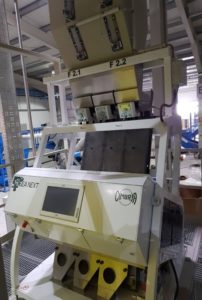
- This process begins with the material being inserted in a silo with a level sensor. Three vibrating transporters take it from here, to the individual separation channels, where TWO CCD cameras check it, while a control unit processes the signals. The material with the wrong color is eliminated with the help of an air flow ejector. The equipment also includes three other channels and two separation steps. Two channels are used for the first step of separation, while the third is used for an extra step, with the purpose of getting better results.
This process transforms PVC waste with dimensions of 8-12 mm in particles of 500-1000 microns. This is done between the sharp edges of disks, on a rotor, with the micronized material being evacuated by a vent and taken to the cyclone.
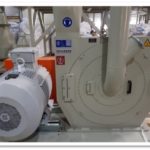
The resulting material is then taken through a vibrating sieve, where different granulations are obtained.
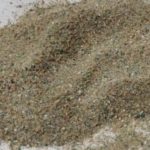
In this final step, the PVC waste is pulverized and transported to the PVC granulator’s line mixer. Here, it is mixed with additives and other material, to obtain a new material, with characteristics similar to virgin material.
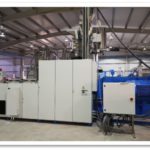
The resulting mix is forced through the granulator’s extruder. It is plasticized (melted) and gradually homogenized. Finally, it is pushed through the granulator’s matrix, where it is cut to optimal size and transported towards the cooler. After cooling down, the resulting granules are transported in big-bags.
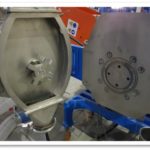
Why recycle
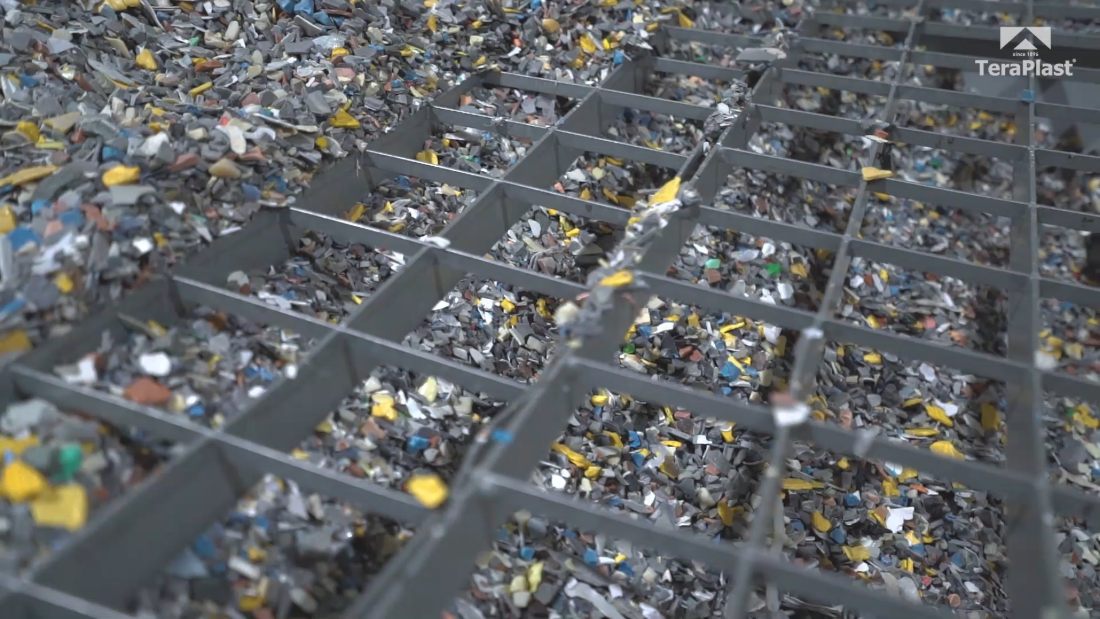
What types of waste we collect
TeraPlast recycling collects recycled waste from Romania and other EU countries. These include Holland, Italy, Germany or Finland. We collect: joinery profiles, technical profiles, post-consumer and post-industrial waste, PVC pipes and fittings.
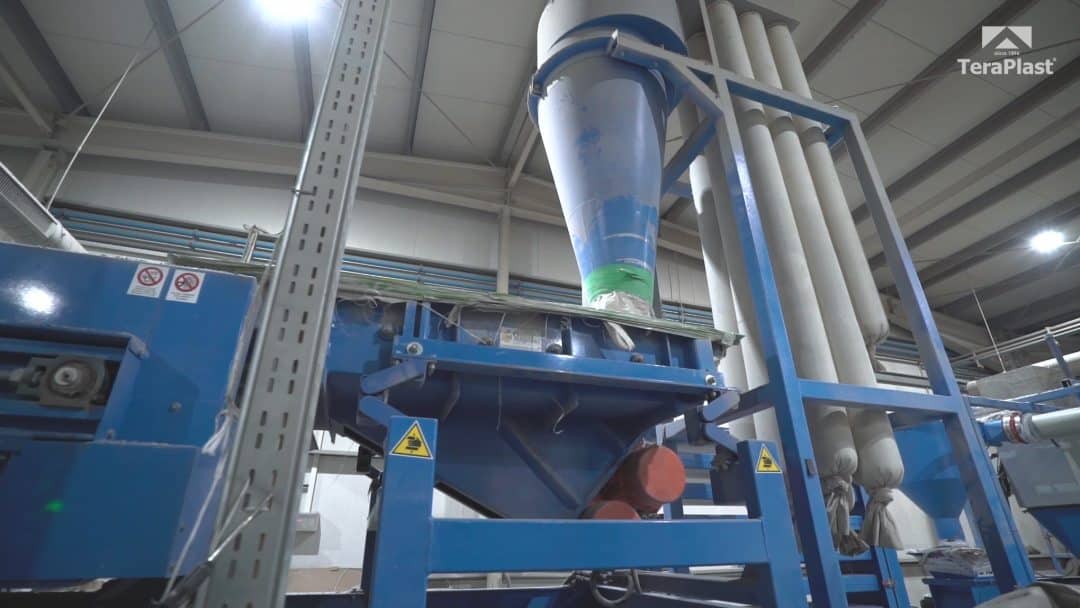
Recycle with TeraPlast Recycling
By using state-of-the-art technology, TeraPlast can process both post-consumer and post-industrial waste, using the same recycling line. Additionally, due to the line’s versatility, we can use different types of products as waste sources: pipes, joinery profiles, fittings, etc.
We have the required know-how and are always looking to improve ourselves and to create our own recipes, for better materials.
Our recycling line has been created as a support for production. Materials obtained from recycling are used in the production of pipes, technical PVC profiles and others. They can also be sold to other PVC processors. TeraPlast Recycling collects waste from Romania and other EU countries, such as Holland, Italy, Germany or Finland. The company occupies first place in Romania and is among the top 10 largest recyclers of rigid PVC in Europe, with a processing capacity of about 12.000 tonnes per year.
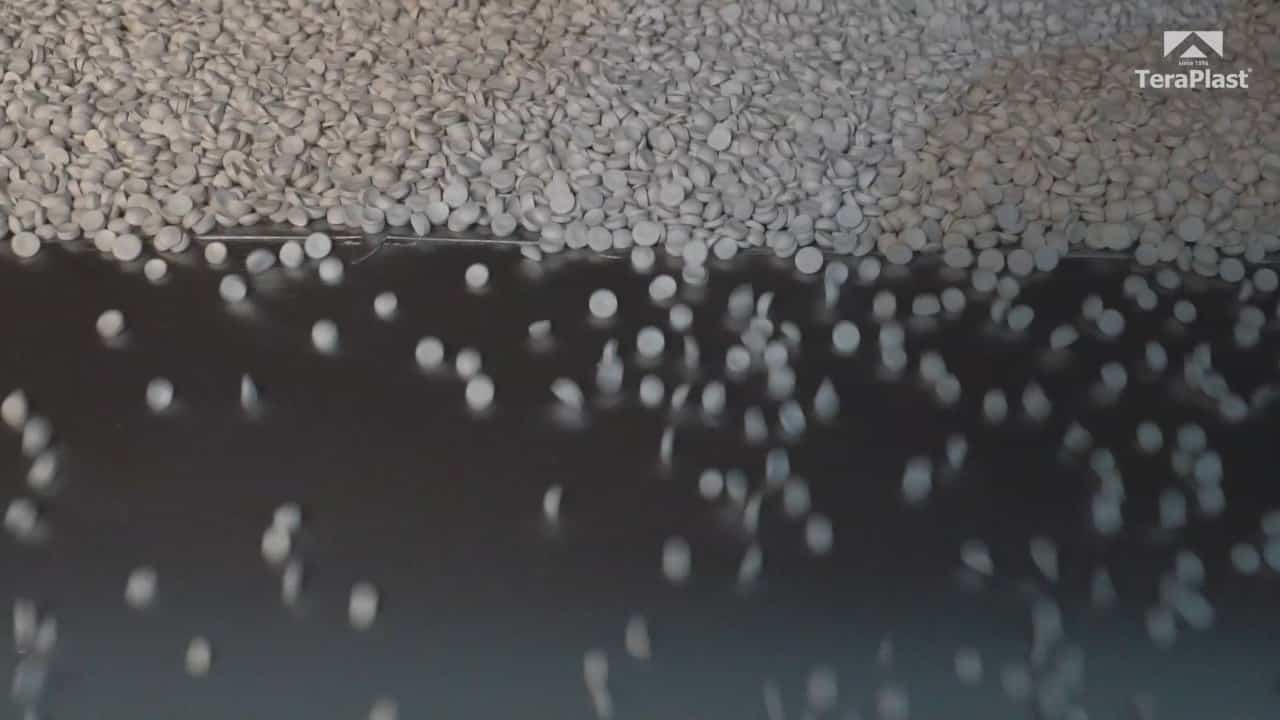
Why recycle with TeraPlast Recycling
PVC is a thermoplastic material obtained through the polymerization of vinyl chloride. It is used in numerous fields, as PVC products require low maintenance during use, being extremely durable and having a lifespan of over 60 years. Unfortunately, the qualities which make PVC such a useful material can also cause harm to the environment.
Because PVC decomposes slowly in nature, recycling it becomes an essential process as we try to save the environment. However, recycling PVC also offers numerous other advantages.
PVC products can be recycled easily, when they reach the end of their life, as they can be used in several more cycles. In fact, PVC can be repeatedly recycled for up to 8 times, without losing any of its properties. And this is not all. Another unique advantage offered by this material is the fact that its chemical composition can be changed, enhancing the finished product, without decreasing performance levels.
Recycling PVC means helping out a circular economy and saving resources, in a more durable system.
